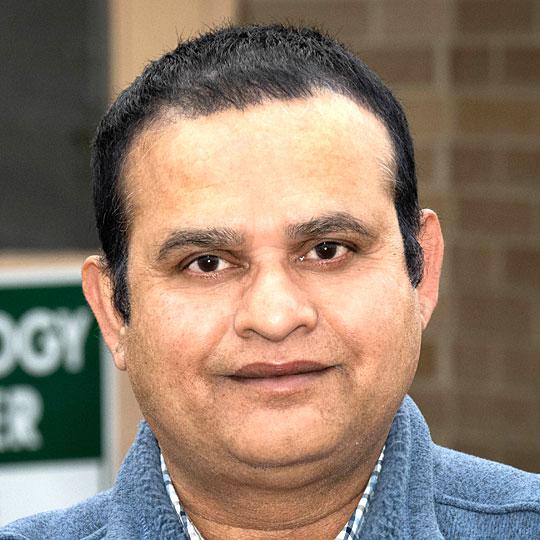Technologies Available for License
Category: electronics & instrumentation
2010-006: Pulse Pile-Up Rejection ASIC
Invention: 2010-006
Patent Status: U.S. Patent Number 8,618,495 was issued on December 31, 2013
For technical and licensing related questions, email tcp@bnl.gov.
Summary
Radiation detection involves the processing of radiation generated electrical pulses. This ASIC represents an improved approach for correcting for distortions in detected signals due to pulse pile-up, such as resulting from partial and/or complete superposition in time of these pulses, which is more prevalent in scenarious involving rapid detection of ionizing radiation events within the radiation detector
Description
This ASIC is applicable to electronic systems that measure amplitudes of randomly arriving pulses, such as in charge amplification and processing of signals from sensors. The ASIC incorporates a delay value application constituent configured to receive a threshold-crossing time value, and provide an adjustable value according to a delay value and the threshold-crossing time value; and a comparison constituent configured to receive a peak-occurrence time value and the adjustable value, compare the peak-occurrence time value with the adjustable value, indicate pulse acceptance if the peak-occurrence time value is less than or equal to the adjustable value, and indicate pulse rejection if the peak-occurrence time value is greater than the adjustable value.
Benefits
The present pile-up handling detects and rejects those amplitudes characterized by pile-up in order to recover sensitivity at higher amplitude. Moreover, the pile-up handling provides efficient pile-up rejection, minimized dead time, power savings, time savings, and increased sensitivity to low amplitude signals compared to conventional pile-up handlers.
Applications and Industries
Gamma-radiation (γ-ray) imaging is well established in the fields of nuclear medicine and astrophysics. In recent years, γ-ray detector imaging and characterization of known and unknown γ-ray sources has been applied to other fields, including biomedical research and security screening at airports to gain information from concealed targets, such as malignant tumors in the human body, explosives, drug- or nuclear-based contraband, and the like.
Journal Publication & Intellectual Property
Contacts
-

Poornima Upadhya
Manager Technology Transfer & Commercialization
Technology Commercialization
(631) 344-4711, pupadhya@bnl.gov
-

Avijit Sen
IP Licensing & Commercialization
Technology Commercialization
(631) 344-3752, asen@bnl.gov




